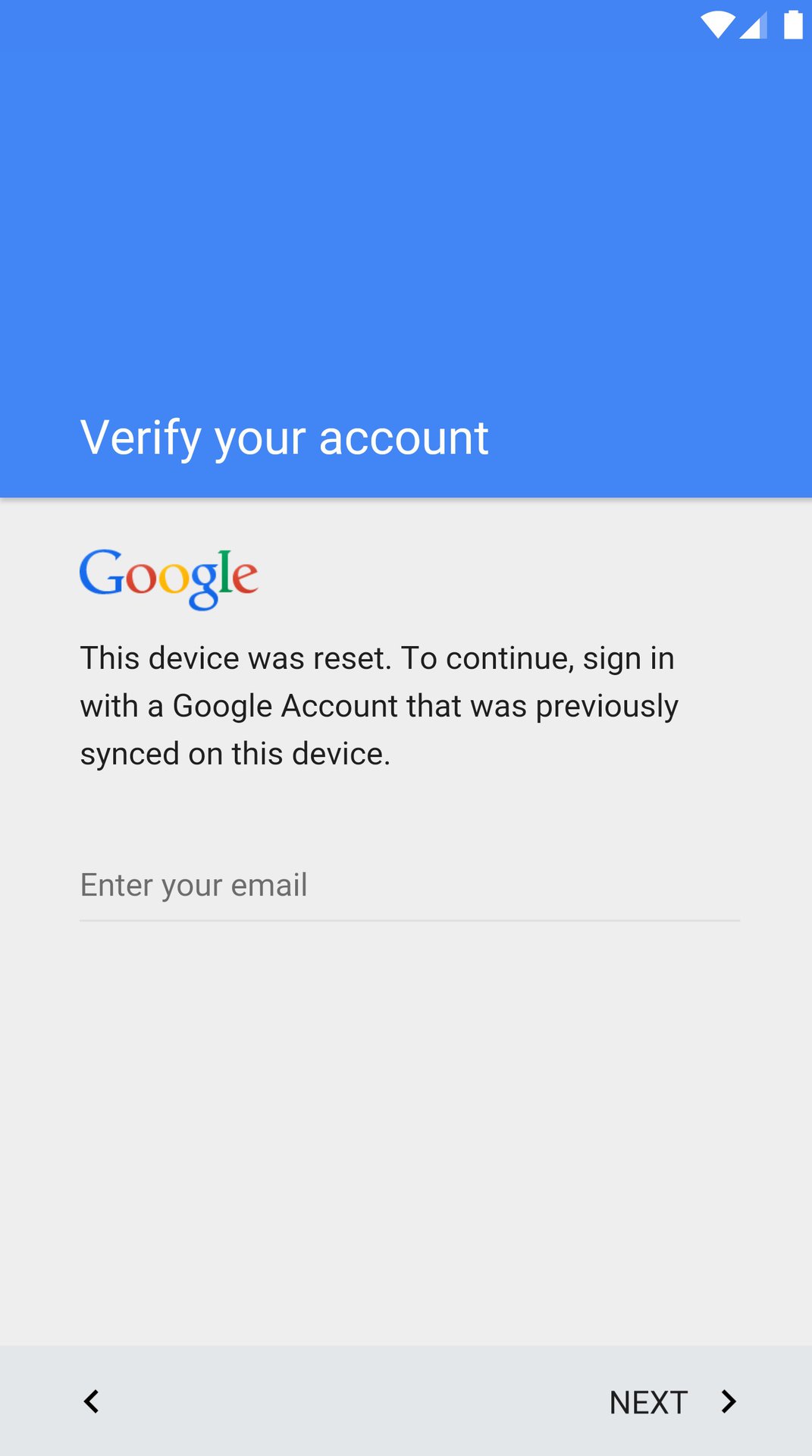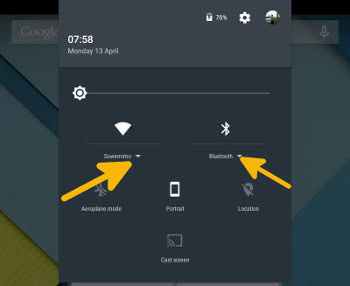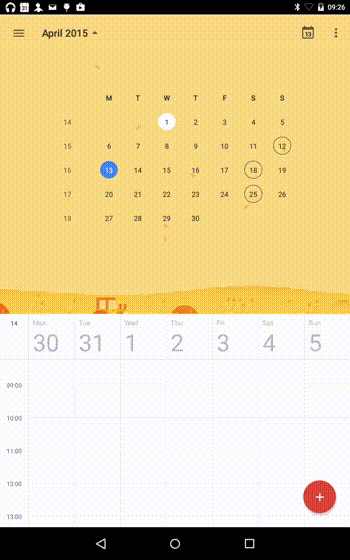Affiliate links on Android Authority may earn us a commission. Learn more.
Android 5.1 Lollipop - Everything you need to know
Published onApril 29, 2015

Google released Android 5.0 Lollipop in 2014, only to be hit with a large number of complaints regarding bugs and other performance issues. Versions 5.0.1 and 5.0.2 soon followed, addressing a large number of the initial issues, but obviously not enough of them. That’s where Android 5.1 comes into play. Released in March of 2015, the latest update fixes a lot of the flaws found in the 5.0 versions, as well as adding some really cool and new tricks.
The latest update improves on battery life, performance and general stability of Android devices. Although most of the changes are not visible to users, there are several new features that are visual, useful, interesting, and noteworthy.
Device Protection
This ensures that devices that are reported stolen or lost remain locked, even after a factory reset. The device can only be unlocked after the owner signs in with his or her Google account. This would drastically reduce the resale value of stolen handsets, and is definitely a win for consumers.
According to Dave Burke, the VP of Android Engineering, “This feature will be available on most Android phones and tablets shipped with Android 5.1 in addition to the Nexus 6 and Nexus 9”. As a consumer who has lost several Android devices, I welcome this.

Volume slider and Interruptions
Interruptions is a way to specify what manner of notifications your phone/tablet can alert you to. You can specify which contacts can call you (if any), messages and/or events and reminders. Alarms are always priority. From the volume slider, you can now tweak the interruption settings. There are now three possible states, None, Priority and All.
In addition, you can set a downtime, for example between 10:00pm to 5:00am everyday from Sunday to Thursday, and you can now specify the types of interruptions allowed (Priority or None).
Also, if you have an alarm set, you can now specify Priority or None until the next alarm (as long as it’s within 12 hours). With this, it takes just a few taps to mute your device for a given period. Interestingly, you can now also access the Volume/Interruptions slider while playing audio or videos. Simply tap the bell icon.

Heads up notifications
In Android 5.0, heads up notifications had to be acted upon, dismissed with a swipe, or they remained there for a really long time. Now, with 5.1, swiping upwards will hide the notification into the notification tray, while swiping sideways dismisses it completely.
Quick settings

The quick settings panel has received some tweaks from the development (and design) teams. The icons now animate the change of state between on and off. Both Wi-Fi and Bluetooth now have little dropdowns, allowing you switch between Wifi access points (and Bluetooth devices) right from the menu.
In addition, the quick settings menu can now be accessed from the locked screen, by simply swiping down. The settings available here include Wifi, Bluetooth, brightness and airplane mode.
Improved screen pinning
Ever given a friend your phone for a few minutes to look at or read something, only to find him browsing pictures and other stuff? Screen pinning is a feature that forces the user to a single application.
Android 5.1 has added a few improvements to help users understand the screen pinning feature. The settings to enable screen pinning is in Settings → Security. It is much easier to understand, and, on first use, there is a clear instruction on how to exit/unpin.

Dual SIM and HD calls
Android 5.1 now provides support for dual SIM card usage, this feature was built primarily with Android One in mind. This can prove very useful for international travelers and users in countries where dual sim phones are popular. From the dialer, a user can select what SIM card should be used for a call. There is a very helpful color-coded interface also, which provides easy visual feedback.
Android 5.1 also bakes into the OS support for HD voice calls. However, you will need a supporting network.
Others
Some other visual updates include:
- Better WiFi connections. 5.1 monitors and remembers which access points provide poor/no access, and favors those with better connectivity.
- For developers there are new APIs for managing Multiple SIM. Also the org.apache.http classes have been deprecated – you should migrate code to URLConnection.
- Changed icon indicating no SIM inserted
- New animations in the clock app. Also, changing the volume (with the device volume rocker while in the clock app) now changes alarm volume.
These are some of the updates we have noticed. Have you seen any not on this list? Share in the comments and let us know.